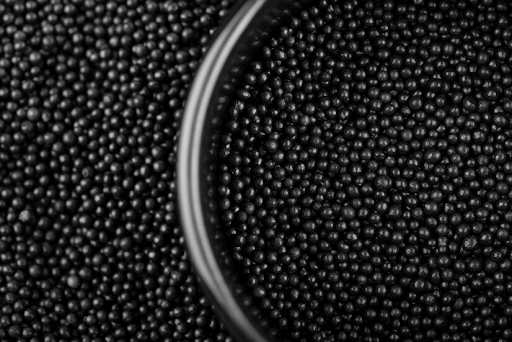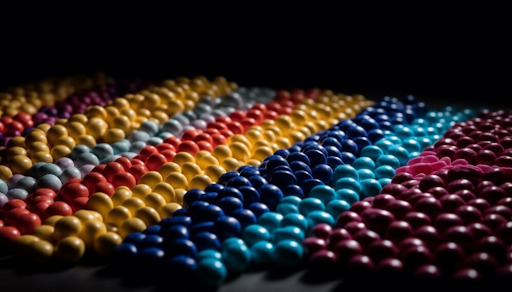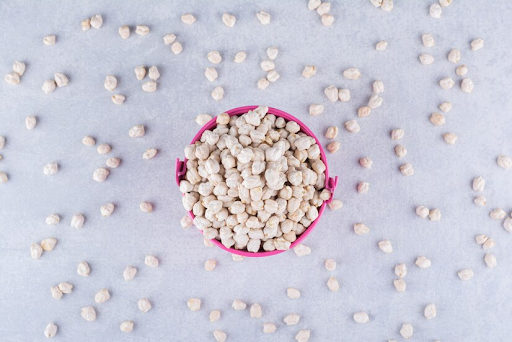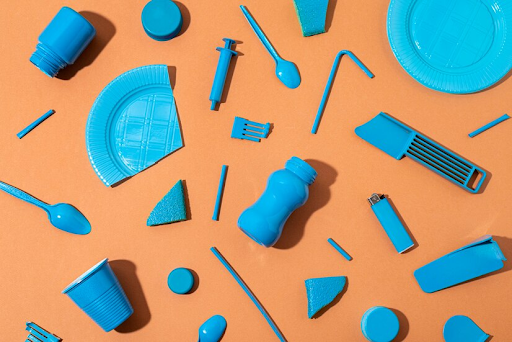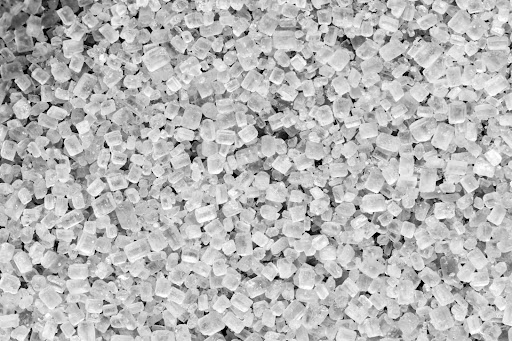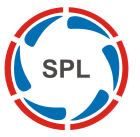Introduction:
What is Polystyrene?
Polystyrene is a synthetic plastic (polymer) obtained by polymerisation of styrene. Polystyrene is a hard, light weight and transparent material. It is produced by the polymerization of styrene and is one of the most widely used plastic. It is widely used in the food-service industry as rigid trays, containers, bowls, etc.
Applications of Polystyrene:
Polystyrene is an extremely versatile material, which makes it useful in various fields and industries. Here are the most popular applications:
• Packaging – due to its lightness and ease in processing, Polystyrene is ideal for packaging of food products, electronics and cosmetics etc.,
• Polystyrene foodservice packaging keeps the food fresh for a longer period of time and is less expensive than other alternatives.
• Construction – as thermal and acoustic insulation in the form of polystyrene foam,
• Manufacture of household products – e.g. housings for household appliances,
• Decorative and advertising elements – due to ease of processing.
• Medical applications like sterilizing test tubes, diagnostic components, and other medical devices
• It is used in refrigerators, freezers, etc. as aesthetic parts and as liner material for cabinet/ doors.
• Housing in all IT equipment such as Television, computer, etc.
The most important properties of polystyrene are:
1. Lightness
2. Resistance to moisture
3. Good thermal and acoustic insulation
4. Ease of processing and forming
5. High stiffness/ rigidity and dimensional stability
Polystyrene (PS) – advantages
The properties of polystyrene and its applications partly explain why it is so popular. In addition to the already-mentioned lightness and versatility, the material also has other advantages, such as:
• Safe for health: PS is safe in contact with food, which allows it to be used in the production of food packaging,
• Affordable: polystyrene is relatively cheap to produce, which makes it easily available and economically viable for many applications,
• Resistance to solvents: Polystyrene shows good resistance to many solvents,
• Given the increasing focus on ecology, both from producers, regulators and consumers, the question arises: Is Polystyrene recyclable ?
The answer is yes. Polystyrene can be recycled, it is possible to process and reuse, e.g., Polystyrene food packaging items both by mechanical recycling (yoghurt cups to yoghurt cups) and chemical recycling back to styrene monomer or pyrolysis oil.
Types of Polystyrene:
Supreme Petrochem Ltd (SPL) manufactures GPPS, HIPS, Masterbatches & Compounds
1. General-purpose polystyrene (GPPS) is a crystal clear, fully transparent, low cost, rigid and rather brittle polymer which is most widely used for the applications like Refrigerator parts, Stationary & household items, transparent sheet application for partitions/shower curtains, advertising boards etc.
2. High Impact Polystyrene (HIPS) usually contains Polybutadiene rubber to get impact strength and is used for the applications like Refrigerator liners, food and non-food packaging, Dairy packaging, Air conditioner parts, toys, camera parts, printer parts, computer accessories, Washing Machine parts.
3. Toughened Polystyrene: Toughened Polystyrenes are speciality polymers (compounds of GPPS with special rubbers) with high clarity and improved flexibility making suitable for various applications like food serviceware, packaging, toys and medical devices, houseware, Stationary etc.,
4. Flame retardant Polystyrene (FR HIPS). FR HIPS has excellent resistance to fire and flame spread compared to natural HIPS. Applications includes housings for electronic equipment, rear panels for TV sets, Refrigerator control/junction boxes for appliances like Refrigerators/Air conditioners etc.,
5. Masterbatches & Compounds:Polystyrene masterbatches are of different types viz., Colour Masterbatches, Ultraviolet masterbatches, Antiblock & Slip masterbatches, Antistatic masterbatches, Optical brightener masterbatches, Antioxidant masterbatches, Antimicrobial masterbatches, Antifog masterbatches, Slip masterbatches, bio-degradable masterbatches, Flame retardant masterbatches, Anticorrosive masterbatches etc.,


